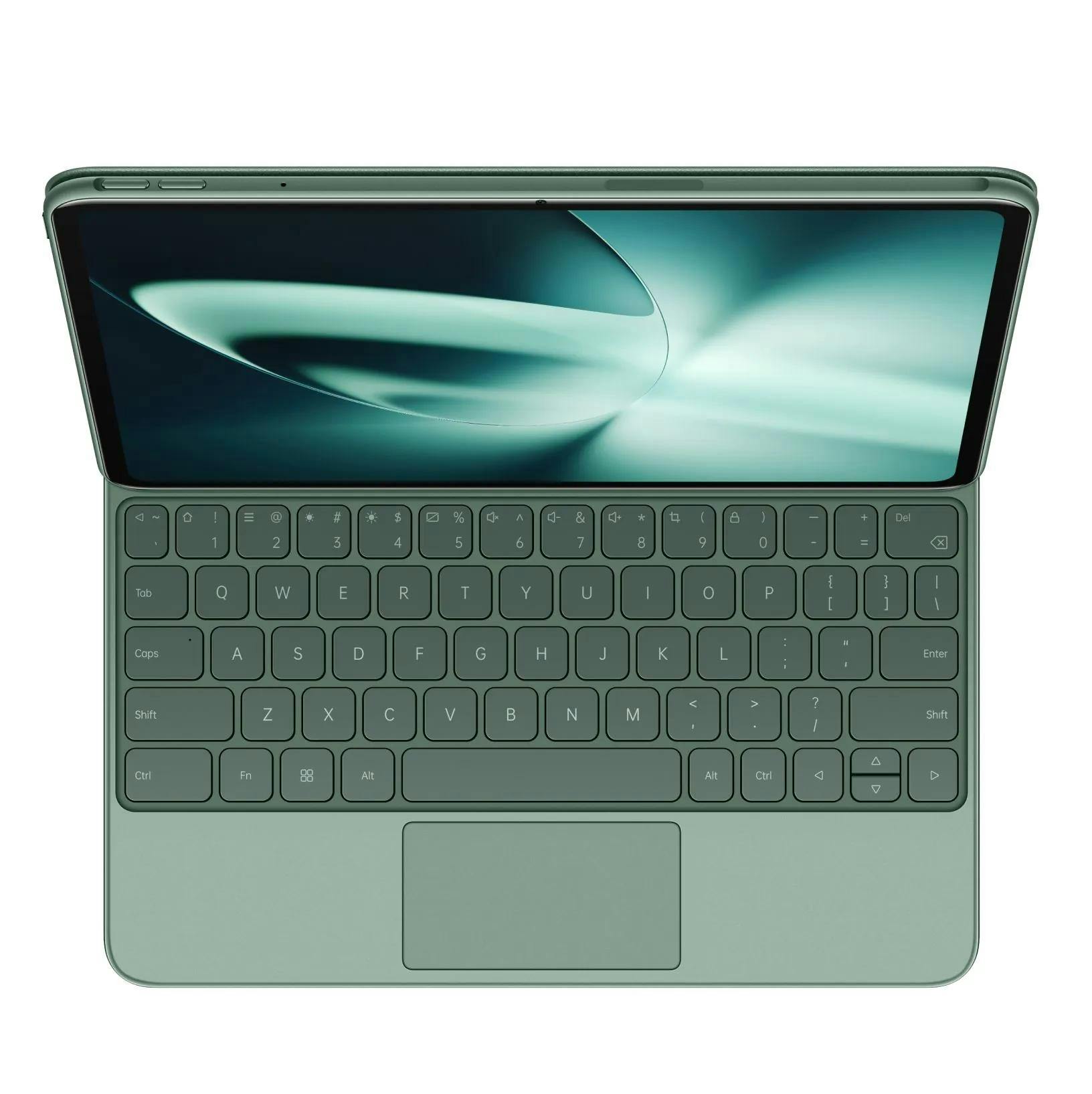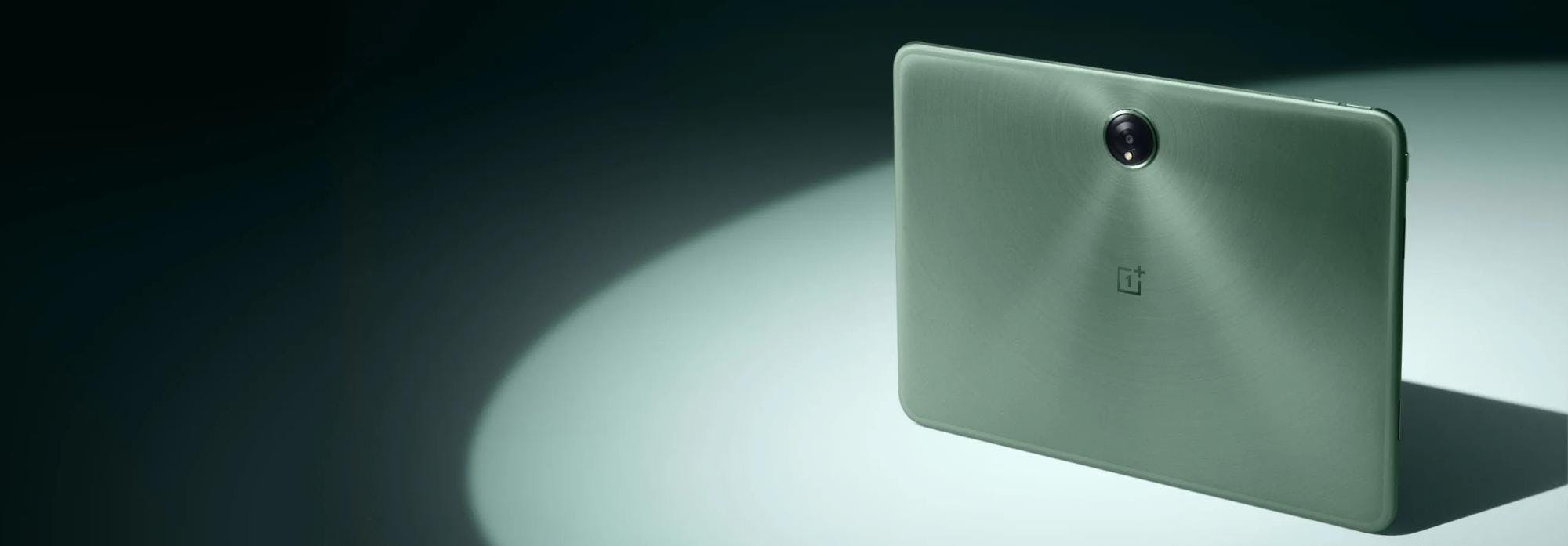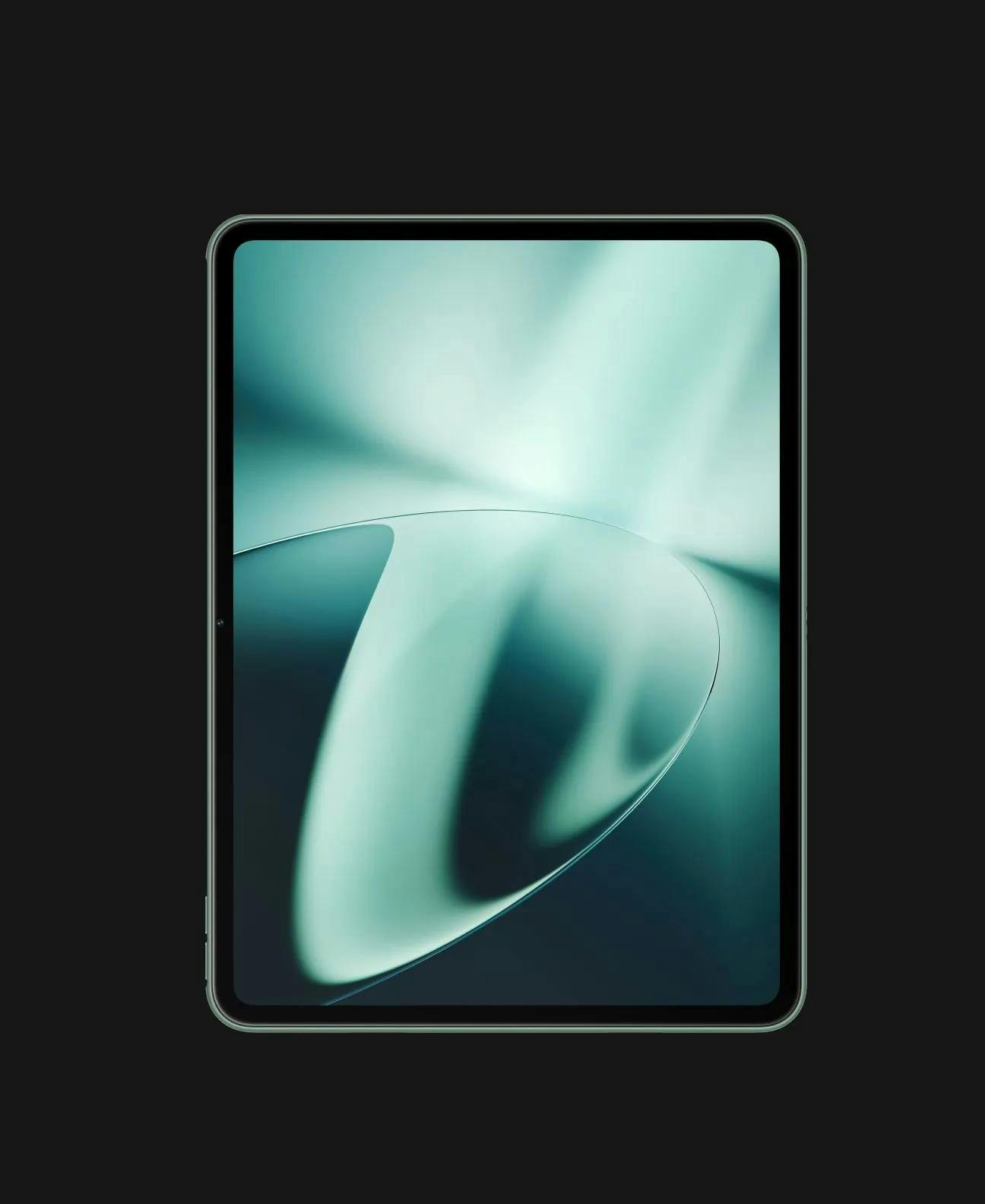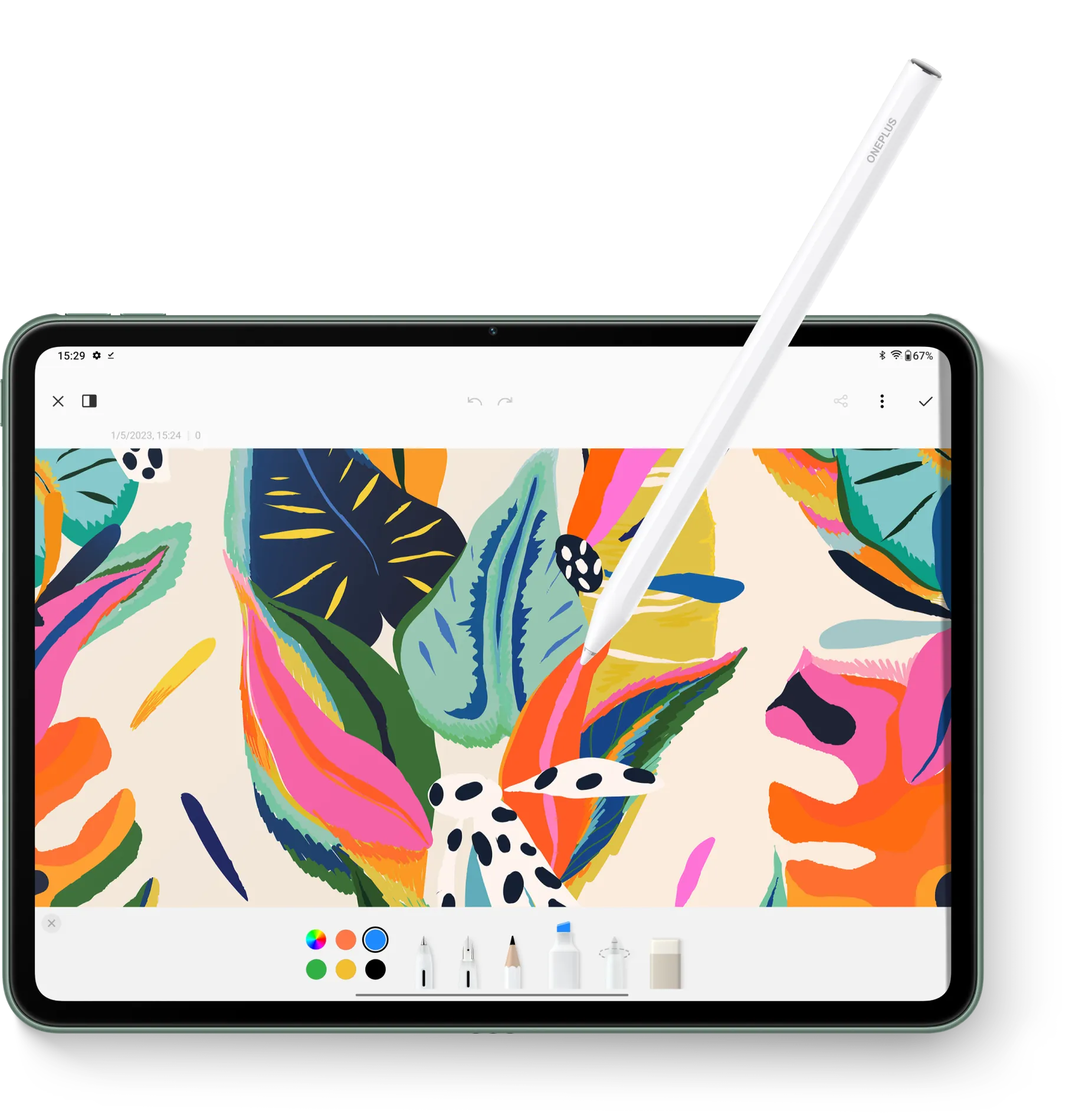Introduction
Tablets have long been dominated by the iPad, creating a significant challenge for Android tablet manufacturers. OnePlus, known for its smartphones, recently entered the tablet market with its OnePlus Pad. In this blog post, we'll delve into the features and strategies employed by OnePlus in their attempt to create a compelling alternative to the iPad.
The Struggle to Challenge iPad's Dominance
Over the years, tablets, particularly in the United States, have revolved around the popularity of iPads. Apple's ecosystem, including iMessage and FaceTime, has made it challenging for competitors to sway iPad users. OnePlus recognized this uphill battle and adopted three strategies to differentiate their tablet from the iPad.

Strategy 1: Emulating the iPad
OnePlus took inspiration from the iPad, borrowing certain design elements. While the OnePlus Pad has its unique hardware aesthetic, it also features similarities, such as the OnePlus Pencil, which shares a striking resemblance to the Apple Pencil. Additionally, OnePlus introduced a magnetic keyboard accessory with a trackpad, akin to the iPad's keyboard mechanism. By emulating successful features of the iPad, OnePlus aims to create a sense of familiarity and comfort for potential buyers.
Strategy 2: Competitive Pricing
One of the most compelling factors in enticing users to consider an alternative to the iPad is offering a more affordable option. The iPad Air, for example, starts at $599 for the 64GB version, while the OnePlus Pad, with 128GB of storage, is priced at $479. By undercutting the iPad's price while maintaining decent specifications, OnePlus positions its tablet as an attractive choice for budget-conscious consumers.

Strategy 3: Outshining the iPad
OnePlus aims to outperform the iPad in specific areas to attract potential buyers seeking superior features. The OnePlus Pad boasts an 11.5-inch display with a 144Hz refresh rate, providing smoother scrolling and improved pen responsiveness. Furthermore, it features an ultra-wide front-facing camera situated on the landscape bezel, ensuring users are centrally positioned during video calls. The tablet also offers a larger battery and faster charging capabilities compared to the iPad. OnePlus has also incorporated clever multitasking enhancements, allowing for improved productivity on the device.

Limitations of an Android Tablet
While the OnePlus Pad presents several commendable features, it is important to acknowledge the limitations of an Android tablet. The absence of Apple's ecosystem, including FaceTime and iMessage, may deter potential buyers who heavily rely on these services. Moreover, the app ecosystem for Android tablets is still lagging behind, with limited optimization for tablet-sized displays. Additionally, the camera performance and overall software experience could be further refined.
Conclusion
OnePlus has made a commendable effort in developing a competitive Android tablet with its OnePlus Pad. With a strategic approach that involves emulating successful aspects of the iPad, offering a lower price point, and introducing notable enhancements, OnePlus has positioned itself as a viable alternative for tablet buyers. While the challenges posed by the iPad's dominance persist, the OnePlus Pad caters to those seeking a capable tablet experience without breaking the bank. As the Android tablet market continues to evolve, OnePlus has presented a worthy contender with the OnePlus Pad.
Disclaimer: The views and opinions expressed in this article are those of the author and do not necessarily reflect the official policy or position of any other agency, organization, company, or individual.
